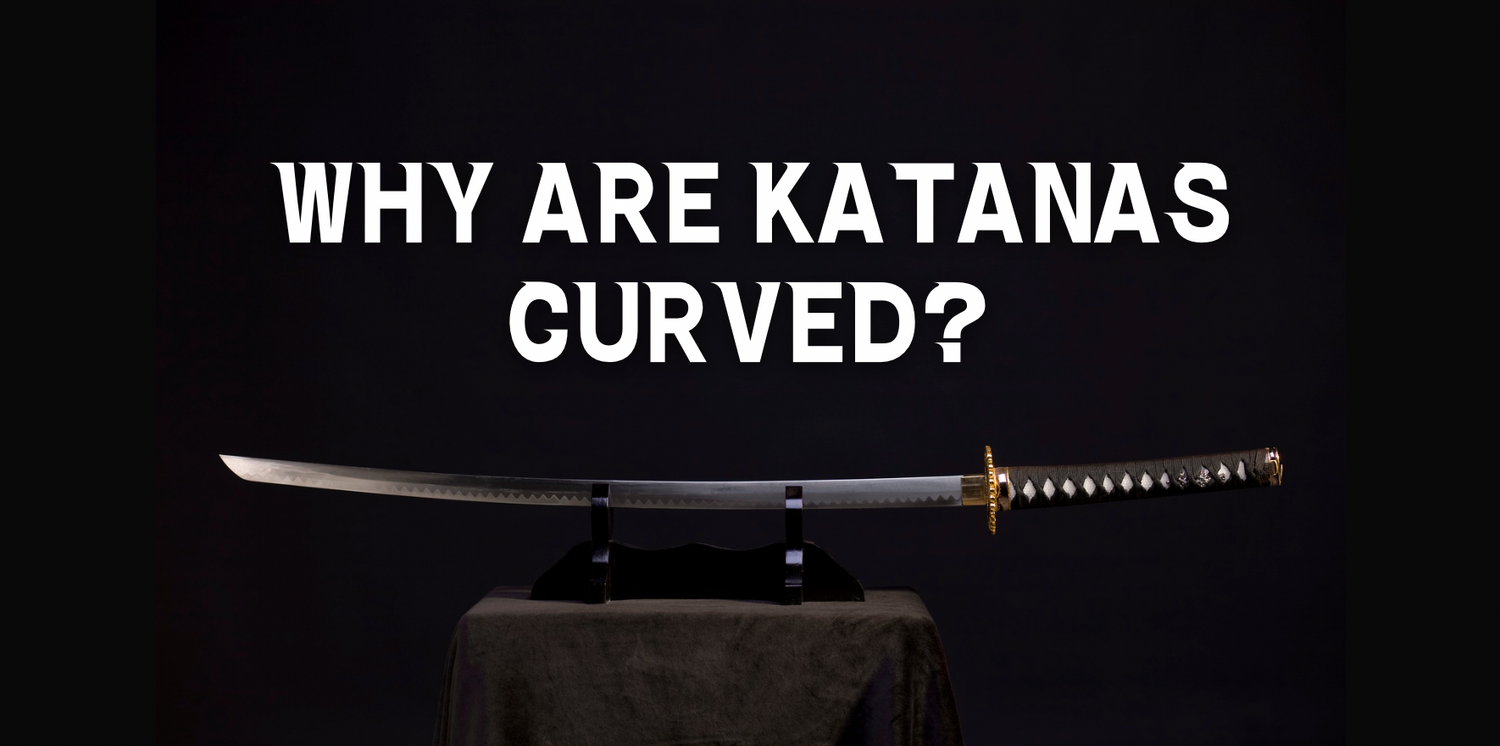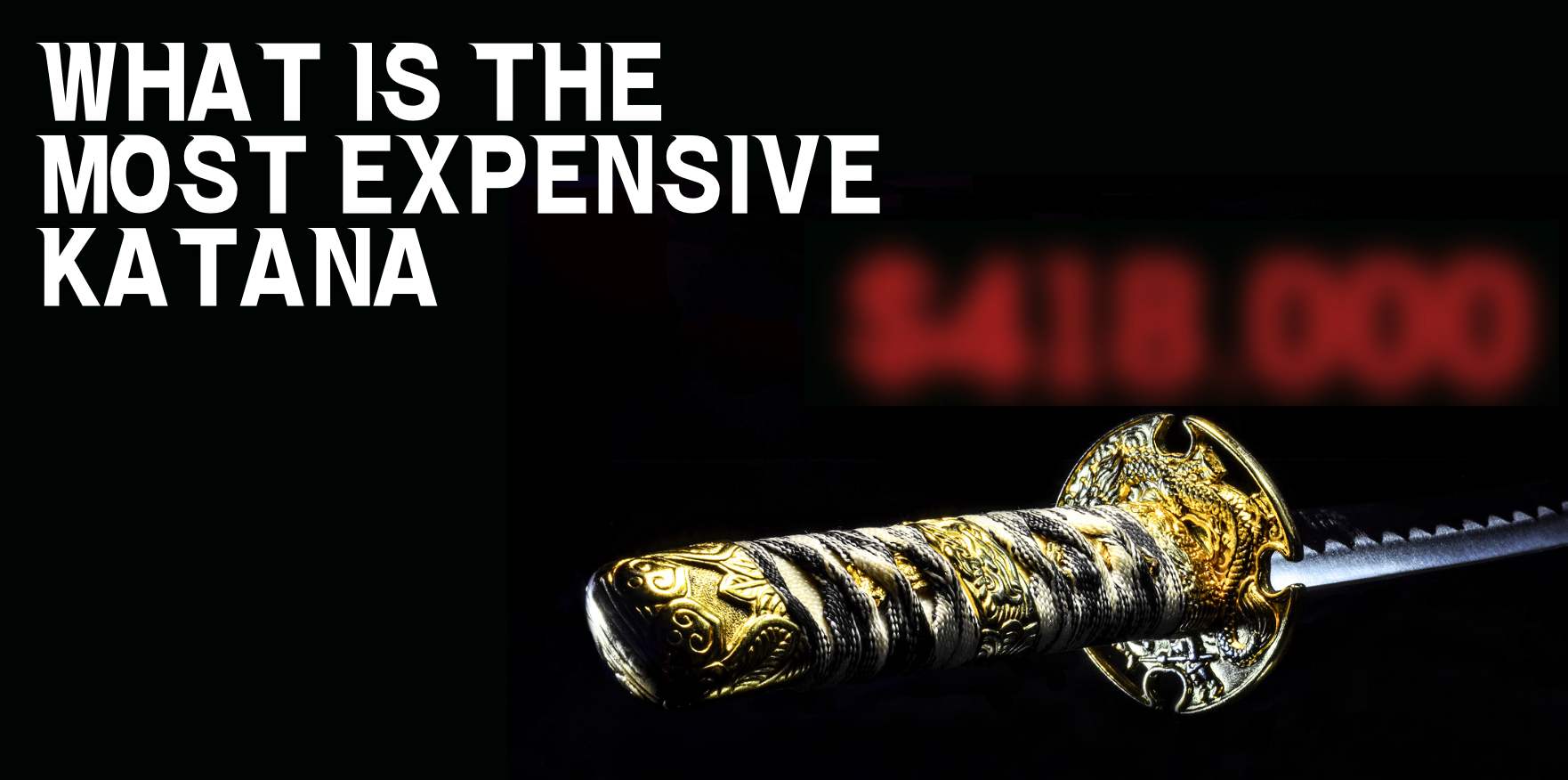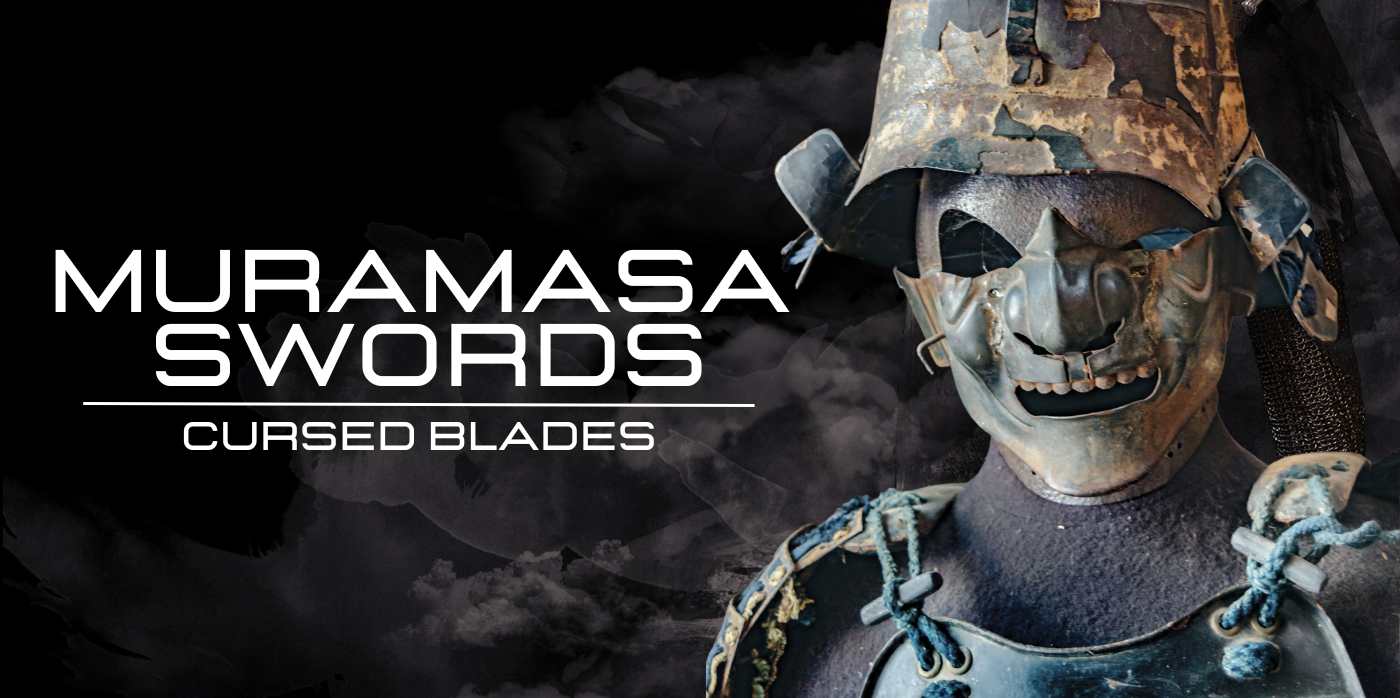How the Katana Gets Its Curve: The Quenching Process
One of the most fascinating aspects of katana craftsmanship is the quenching process, which is responsible for giving the katana its signature curve. The blade is differentially hardened through a technique called "Yaki-ire." In this technique, the edge of the blade receives a thin clay coating, while the spine gets a thicker layer.
As the blade is heated and then cooled rapidly in water or oil, the differential clay thickness leads to uneven cooling rates across the blade. The edge cools quickly, becoming extremely hard to maintain sharpness, while the spine cools more slowly, retaining flexibility.
The differential cooling rates introduce internal stresses into the material, causing the blade to naturally curve. This isn't just an aesthetic feature; it's a carefully engineered design that contributes to the katana's overall performance, strength, and resilience.
Katana Curvature Benefits
1. The Curve Allows for More Efficient Cutting
Physics of Cutting
One of the most remarkable attributes of a katana is its cutting ability. The curve of the blade is ingeniously designed to enhance this capability. It offers the advantage of a more effective slicing action due to the curvature concentrating force into a smaller area. As the blade moves through its target, the curve enables it to slice rather than just hack, utilizing both the blade's edge and its momentum more efficiently.
Role in Japanese Martial Arts
In Japanese martial arts like Kenjutsu and Iaido, the art of sword drawing, the katana's curve proves advantageous for techniques that rely on swift, clean cuts. A curved blade facilitates the 'Iaido' cut, which starts from the drawing of the sword to swiftly executing a strike and then re-sheathing it.
2. The Curve Makes The Katana Stronger
Strength Through Craftsmanship
The curvature of the katana isn't just for show—it adds to the sword's overall strength. This is achieved through a specialized technique known as differential heat treatment or "Yaki-ire," where the blade is coated with clay and heated, creating varying hardness levels across the blade.
Layering and Steel Quality
The use of high-quality steel, often Tamahagane, coupled with the layering technique, adds resilience to the curve, making it capable of absorbing blows without breaking.
3. The Curve Makes The Katana Lighter and More Balanced
Weight Distribution
Contrary to popular belief, the curve of a katana isn't just for aesthetics; it serves practical purposes related to the weapon's balance and weight. The curvature contributes to a more uniform weight distribution along the blade, making the katana lighter and more manageable.
Combat Efficiency
The weight distribution due to the curve increases the sword's maneuverability, giving wielders an advantage in combat situations by allowing for quicker strikes and easier blocks.
4. The Curve Makes The Sword Look Better
Aesthetic Appeal
While the curve has several functional benefits, it also adds to the katana's visual allure. The curve gives the katana a sense of elegance and lethality, contributing to its mythical status in both history and pop culture.
Cultural Significance
The curve not only appeals to the eye but also holds cultural significance in Japan, where it is seen as a symbol of the samurai's discipline, strength, and skill.
5. The Curve Makes Drawing the Sword Easier
Iaido and Quick Draws
In Iaido, the art of drawing the sword, a katana's curve facilitates a smoother and quicker draw, allowing for immediate action, whether for attack or defense.
Practicality in Combat
The ease of drawing the curved katana proved particularly useful in combat scenarios, where every second counts, giving samurais an edge over opponents with less efficiently designed weapons.





